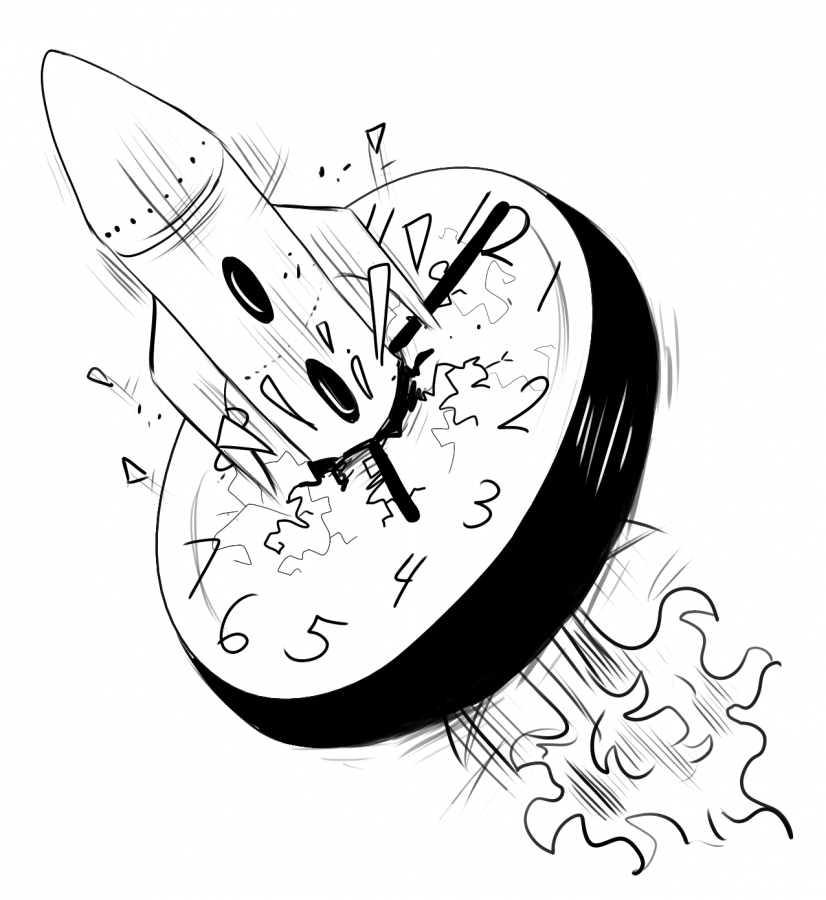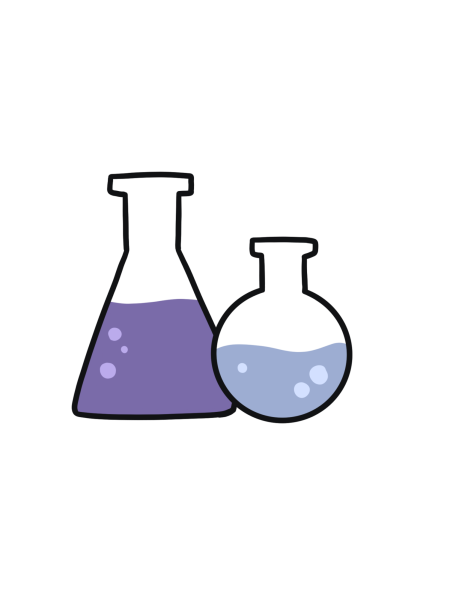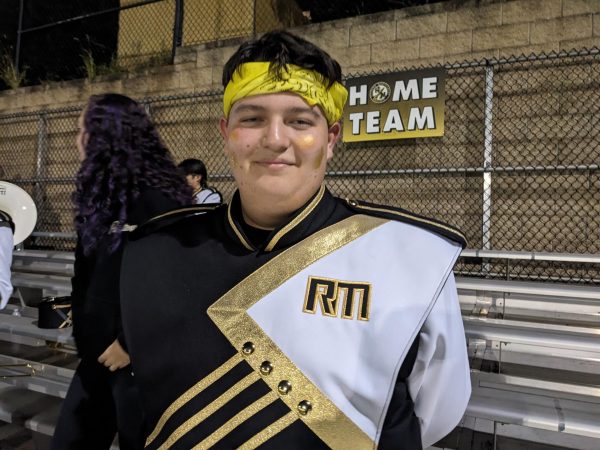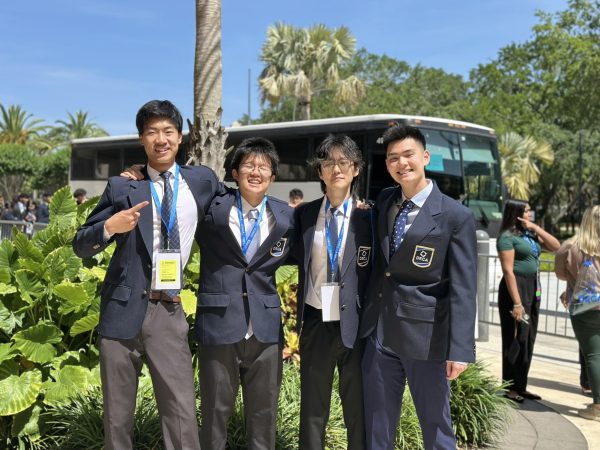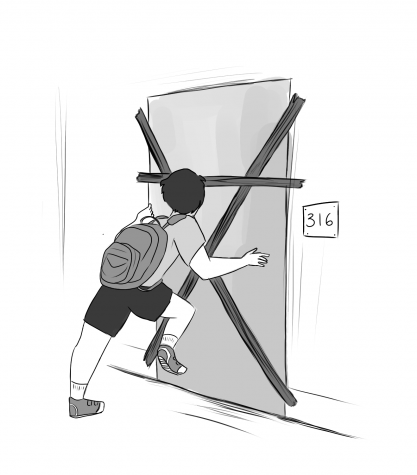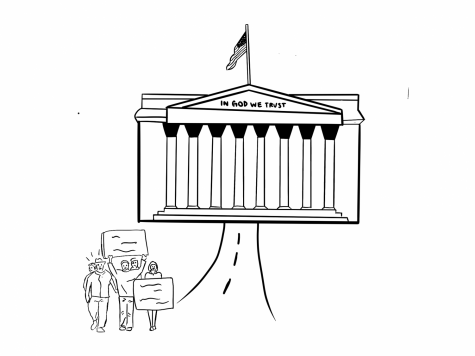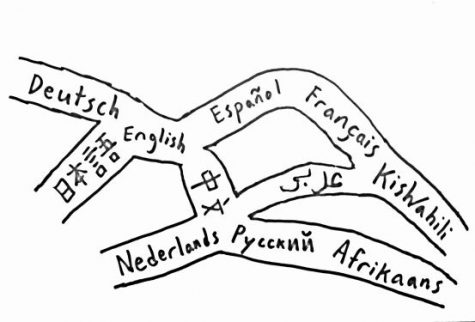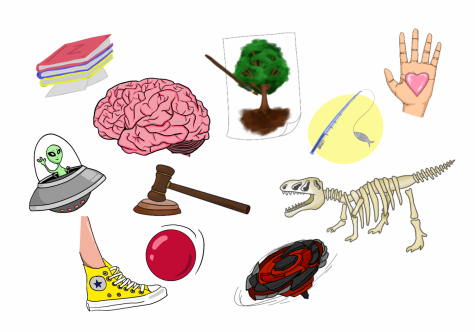Mr. Montelone shares insights into Rocket Time
Interview with Principal Damon Monteleone
What prompted the decision to create Rocket Time?
“[T]here has been a confluence of reasons to look at this. Students have asked for a break in their schedule—time just to even chill, check in with teachers and send emails, some sort of stress relief.
Teachers have been looking for a way to channel the instructional interruptions that happen. So many times, counselors and administrators need to [interrupt] a class, whether it’s administrative grade visits, scheduling, registering for IB exams, AP exams or county wellness initiatives—whatever it may be, there are a lot of different things that can cut into instructional time. So there’s been a lot of input from staff saying we would prefer if we knew exactly when this was happening and it wouldn’t interrupt instruction.
The other reason is for students to be able to get help—one of the things that can occur is, say I’m your teacher and I need you to retake this quiz and we have class 5th period on Friday. And I say, ‘Here’s a note, give it to your Rocket Time teacher on Tuesday and you can come in, it’s only going to take you 15 minutes, Rocket Time’s a half hour, and you can take it then.’ And teachers like that it’s an extra time for students to come in and get help.”
How was this organized?
“We asked staff in a survey put out last year, ‘Would you possibly be interested in an advisory?’ for all those reasons, and people said yes. So we put forth a draft as to what this could possibly look like and brought it to the instructional leadership team over the summer.
The team is made up of administrators, all the heads of departments, the resource teachers, three elected faculty representatives, support service representatives—it’s like the Congress of the school. So we literally have it mapped out to the day, of every single thing that is going to happen by grade level, every single week, so that all the teachers can see in advance, for an entire year. And you’d be surprised—if you have four of these things once a week on Tuesdays, so you’re looking at 8 or 9 months times 4, and you’re looking at the 30-some days that this actually meets—over 20 of them, two-thirds, are occupied by stuff that would have gone into a class.
We have a team of people led by Mr. Smith, Dr. Alexander, and Mr. Bernstein—they’re all trained in restorative practices, and one of those is the community circle. They’re putting together a bank of activities: a menu, a playlist, a toolkit of things that if you’re a teacher and you have a desire to build community in your Rocket Time, but you don’t have the time to go create something, here is this electronic bank of resources to use so that you can start implementing these community circles in your Rocket Time. That’s ongoing, so the hope is by the end of the year, we will have this database of activities.”
On a hopeful goal for Rocket Time:
“We got a lot of feedback from students two years ago saying they wanted time to talk about things that were important to them [that] they may not have time to talk about in class. So that’s why last year we did three different community meetings, and we asked students, ‘What do you want to talk about?’ and they said race and culture, guns and gun rights, gun safety, and mental health. So we did those last year.
My own sense is that I would like us to have more of a whole school community and not be in academic silos. And homerooms are a way to do that because they’re heterogeneous by last name, and it’s a good way to build community.
So the thing that I’m really, existentially hoping to do and I have no idea if this is the vehicle for it, but we are a super diverse school demographically, ethnically—Main Street looks like the world and I love that.
We’ve got kids from all over the county that come here, we’ve got pretty much every academic program in the school system, we have the four-year magnet, we have the two-year IB, we have the largest emotional disability and special education program in the county, we have a large special ed program of 185 kids, we have the largest ESOL program in the school system, so we’ve got all of this under one roof. And yet, even though there are ways adults or the system separates kids, kids are kids, and there are some common denominators, there is a thread amongst all of you.
I think if we stop and pause and smell the roses and get to know each other a little bit more, outside of the same kids we see in our classes every day, the same kids we went to middle school with, then we’ll find that we have more in common with each other than we think. That we care about the same things, we’re thinking about the same things, and that the world around us is spinning and what’s happening in this outside world in our current political and social climate, and environmental climate—these are things that are going to matter to you all as you all grow older and become adults.
So if there’s any space at all to talk about it, it should be talked about. And if there are common criticisms or ideas or thoughts about your experiences at this school, why not have a venue to share them?
Your donation will support the student journalists of The Tide, Richard Montgomery High School's student newspaper. Your contribution will allow us to purchase equipment and cover our annual website hosting costs.
Amanda Wu is a sophomore staff writer for The Tide, and is excited to be writing in Features for a second year! Outside of the The Tide, she also enjoys...


